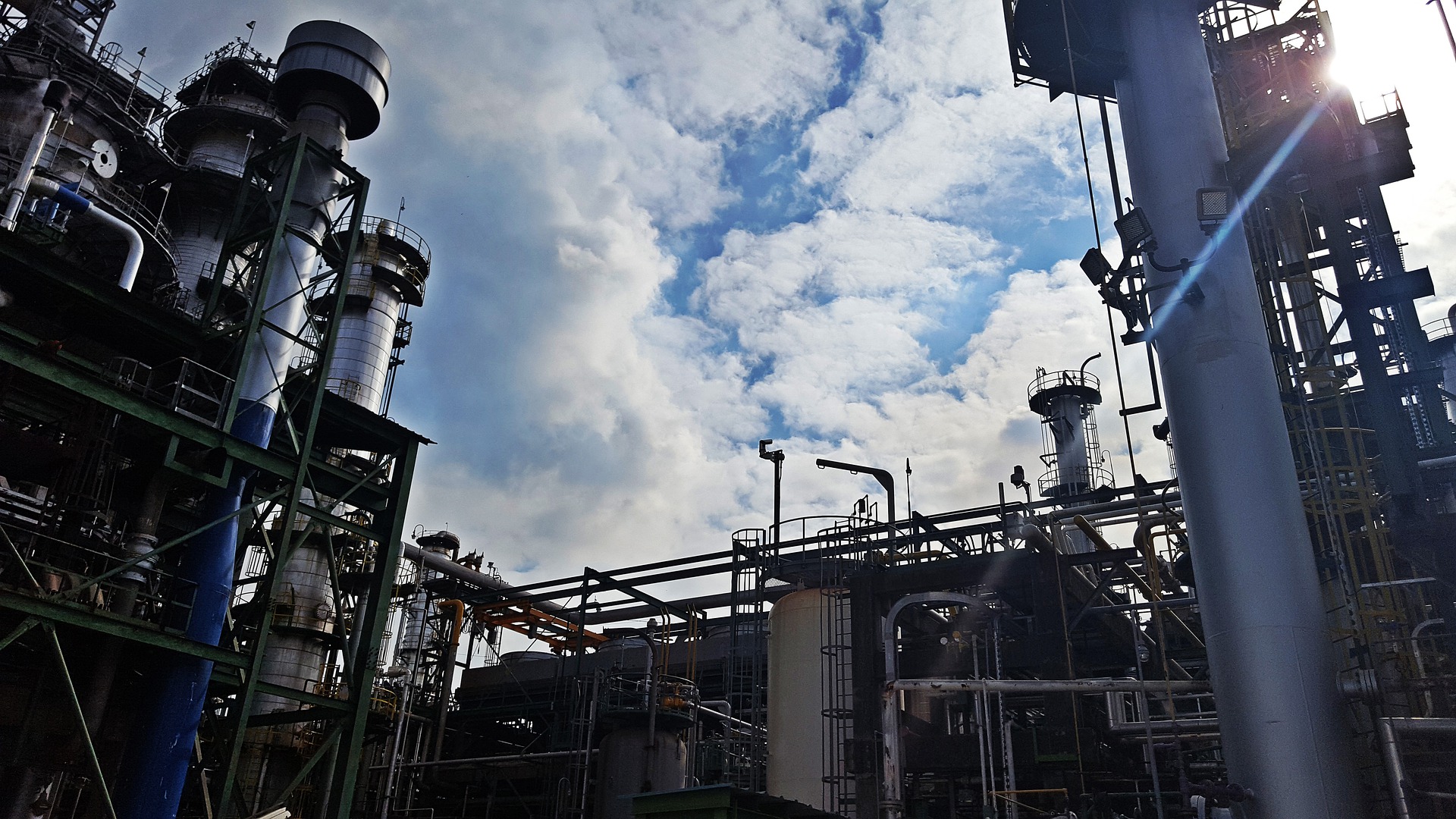
Hydrocarbon-rich off-gas streams from distillation, conversion, cracking, and other processes are collected to heat various processes throughout refineries and petrochemical plants. Examples of these off-gas streams include still gas, the top product from a refinery’s distillation column, and steam cracker tail gas, which is composed mostly of methane and hydrogen. Aggregation of these off-gas streams is accomplished by the refinery fuel gas (RFG) system. This system often results in valuable hydrogen, ethane, propane, and occasionally some C4+ hydrocarbons supplementing natural gas as fuel. While the RFG system increases efficiency and reduces fuel costs when compared to the alternative of flaring those same off-gas streams, some refineries are finding added value in recovering the more valuable components of RFG, especially in an environment where scope 1 emissions are important.
Most refineries use processes such as steam methane reforming (SMR) to produce hydrogen needed for important upgrading processes. Certain off-gas streams, such as steam cracker tail gas, within an integrated refinery-petrochemical complex have large amounts of hydrogen, as much as 85%. Recovering the hydrogen from RFG means less hydrogen needs to be produced from SMR units and reduces the amount natural gas purchased as feedstock.
Similarly, refineries can also find added value by separating the C2+ hydrocarbons from RFG. Ethane is a feedstock for steam cracking processes producing ethylene and other value-added chemicals. Propane and butane have value in the consumer market as liquid fuels. Other higher hydrocarbons can be utilized in refinery processes or used in high value products. Most refineries have realized the value in recovering the hydrogen from RFG, but few refineries have invested in the recovery of valuable hydrocarbons from their RFG.
For example, the Abu Dhabi National Oil Company (ADNOC) has developed an off-gas recovery project at their Ruwais refinery using cryogenic technology to separate the hydrocarbons found in RFG. The recovered ethane is sold to other companies as feedstock for their steam cracking operations. The propane and butane are sold to the domestic market as LPG. The C5+ hydrocarbons they recover are used to produce gasoline and naphtha.
In ADNOC’s off-gas recovery project, the decrease in RFG heating value is compensated with additional natural gas. Some companies are starting to convert some of their processes to use hydrogen and electricity for heating though. In the case of a refinery that uses fully electric and hydrogen heating, methane found in RFG can be recovered and used as feedstock for SMR units to produce hydrogen. If paired with carbon capture and sequestration, refineries could significantly reduce their carbon emissions while producing valuable blue hydrogen.
By recovering valuable products from RFG, refineries could see improvements in efficiency and their bottom lines. Some companies like ADNOC have already implemented this strategy. There will surely be more companies that follow suit in the coming years if existing projects prove to be profitable.
– Piercen Hoekstra
ADI Chemical Market Resources is a prestigious, boutique consulting firm specializing in chemicals, petrochemicals, polymers, and plastics since 1990. We bring deep, first-rate expertise in a broad range of markets including downstream, where we support Fortune 500, mid-sized and early-stage companies, and investors with consulting services, research reports, and data and analytics, with the goal of delivering actionable outcomes to help our clients achieve tangible results.
Our former industry-leading conference, FlexPO+ is now a part of the ADI Forum, one of Houston’s distinguished industry conferences, bringing c-suite executives from across the value chains in oil & gas, energy transition, and chemicals together for meaningful, strategic dialogue.
Subscribe to our newsletter or contact us to learn more.



















